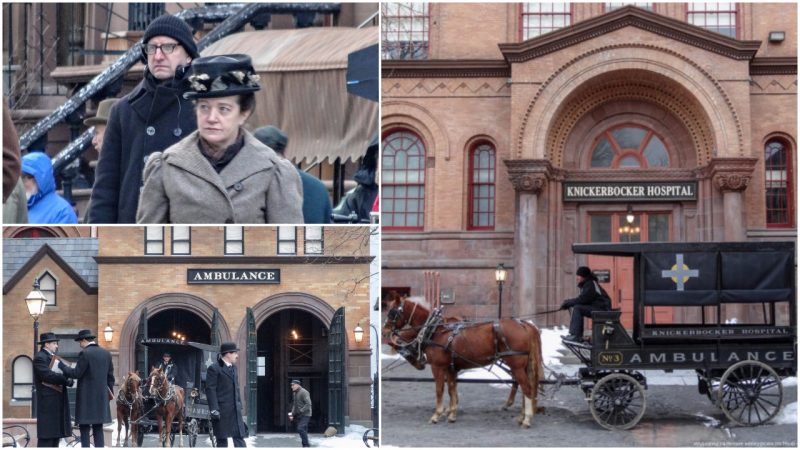There is a fine line between genius and madness. That’s just one of the themes that the Cinemax series The Knick seeks to explore. Set in 1900 in New York City, at the dawn of modern surgery, it tells the story of the staff at the Knickerbocker Hospital.
It lasted for two seasons and was lauded by critics, with Matt Zoller Seitz calling the show “the greatest sustained display of directorial virtuosity in the history of American TV.”
ICYMI – From The Knick to True Detective – The Rise of Auteur Television – https://t.co/I7jkrk2zQK #writenow #screenwriting #peaktv pic.twitter.com/D7Zl1XUJJv
— The Script Lab (@TheScriptLab) June 3, 2017
All 20 episodes were directed by Steven Soderbergh, making The Knick an unprecedented (and successful) attempt to elevate television aesthetics to another level. TV shows are often regarded as a writer’s medium, where directors serve to execute what’s on the page. In The Knick, though, Soderbergh and writers Stephen Katz, Jack Amiel, and Michael Begler created something totally different.
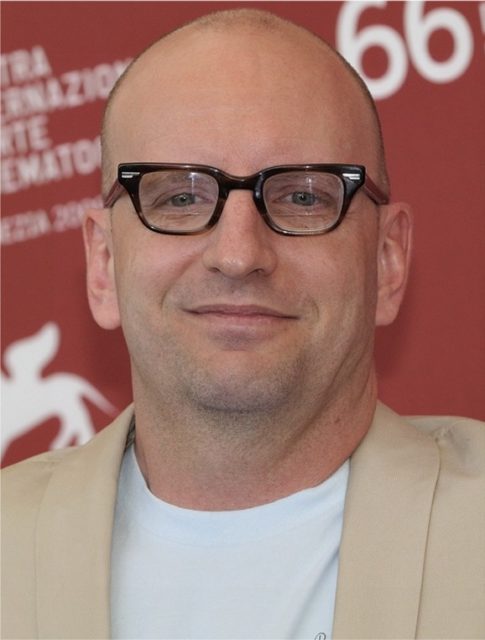
The Knick functions as a 20-hour movie with a single narrative, having more in common with the structure of a literary novel than the conventional television treatment of a story.
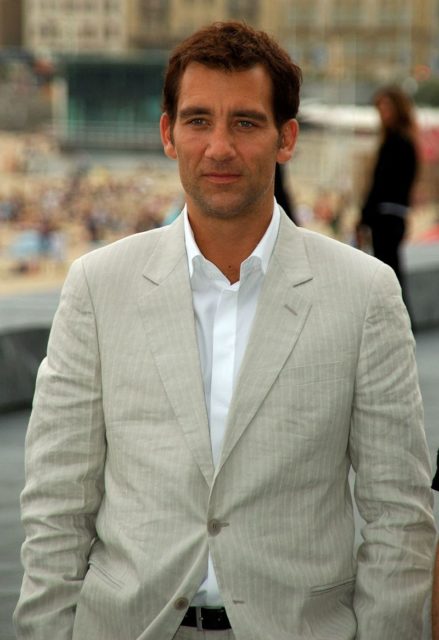
Soderbergh re-creates a visually intricate world, filled with spectacular set pieces, lavish costumes, and immaculate production design. However, where the show genuinely stands out are the characters, which are Soderbergh’s prime focus. Each one of them is nuanced, with their own personal quirks and idiosyncrasies, especially the two lead characters, Dr. John Thackery and Dr. Algerton Edwards (played by Clive Owen and Andre Holland).

Right from the get-go, Soderbergh set the mood of the show, transporting us back to the dawn of the 20th century. But unlike other period dramas, The Knick doesn’t follow a nostalgic formula of re-creating the past. This is more of a personal statement and vision than a history lesson, where characters function as tour guides for the events. Here, they feel like real people, of flesh and blood, who make decisions and have their own personal beliefs.
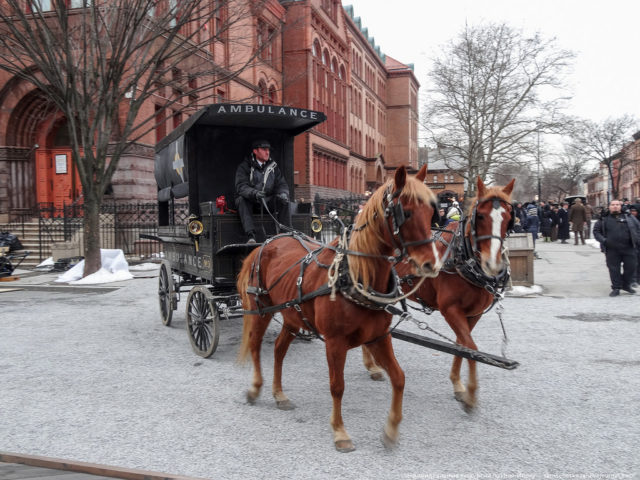
This is what makes The Knick feel contemporary, even if it’s set in the distant past. Soderbergh uses history as a template to construct a reality that pretty much parallels the present. He poses questions and dilemmas to the viewers that are relevant to this day and age.
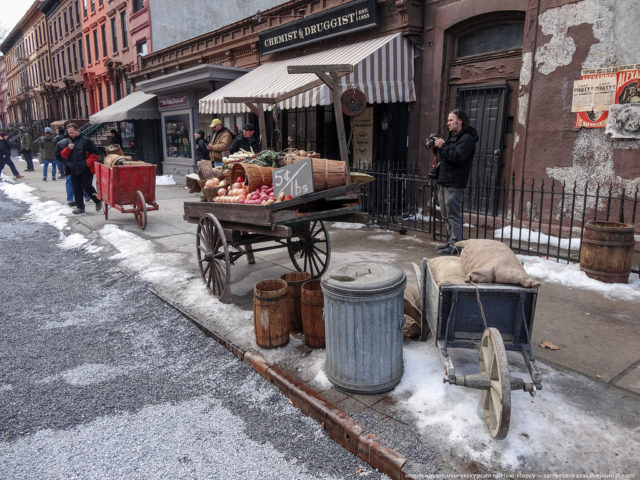
Topics like racism, inequality, poverty, and addiction continue to exist and concern all of us. However, the show is also about the perpetual struggle for personal success, innovation, and improvement in our way of life and not succumbing to failure.

The Knickerbocker Hospital (Knick) is a microcosm. Through it, we experience not only the era but also the state of mind. Inspired by the real-life hospital of the same name, the facility reflects the outside world. The surgeons and the doctors are the catalysts. The show lets us know that this is where everything started. Their struggles, moral dilemmas, decisions, successes, and failures are all the same as now; only the circumstances have changed.
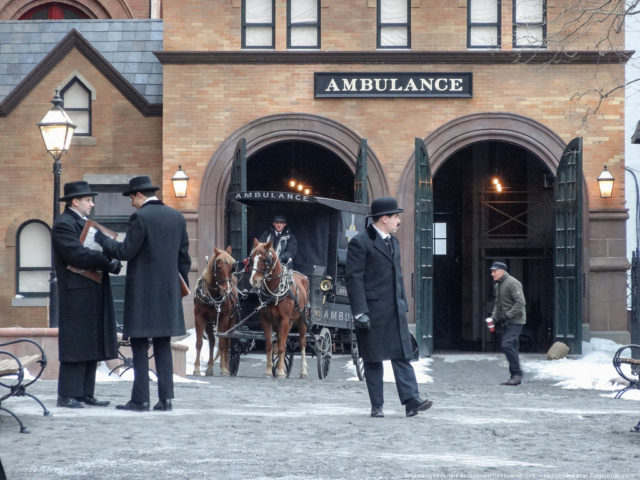
The hero, John Thackery, acts as the archetypal doctor. He is a mad genius who takes his job very seriously and goes to great lengths to save a life, seeking new ways to do it. But he is also a deeply flawed human being. He is racist—at times despicable—and seriously addicted to cocaine, which he uses as an anesthetic in his surgeries. The struggle is a great counterpoint to Thackery’s character.
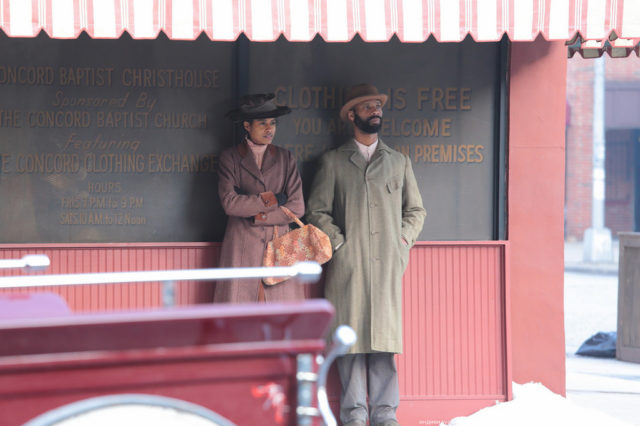
The character is very loosely based on William Stewart Halsted, considered “the most innovative and influential surgeon the United States has produced,” who pioneered the radical mastectomy procedure. He also struggled with addiction during his lifetime, but, like Thackery, he was dedicated to his profession and didn’t make compromises, even if his life was on a downward spiral.
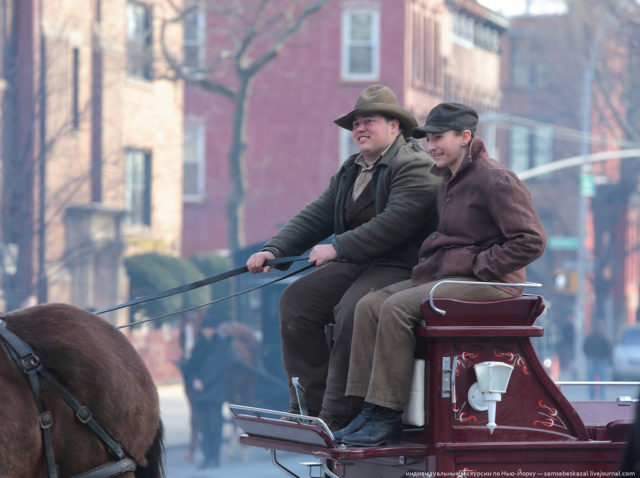
On the opposite side of the spectrum is Dr. Algernon Edwards, a black American surgeon who learned his craft at Harvard. He comes to New York at a time when racial discrimination and segregation are intense and inequality exists everywhere.
The Knick juxtaposes and underlines the difference between the political and personal battles in the hospital. It shows how the wealthy citizens got better treatment. That difference between the social classes can be seen in almost all the scenes in the operating theater. In there, the socialites stand and watch; the sick and feeble are expendable. In these harsh and extremely graphic scenes, the director wants to put us on the spot, where we are one of the spectators and can’t look away, to make us feel uncomfortable.
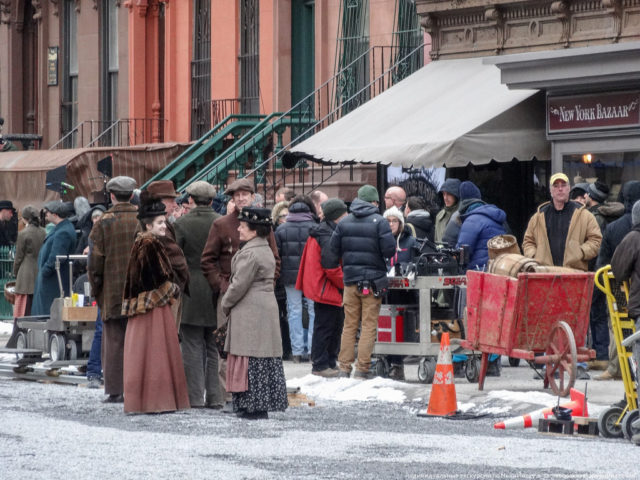
All in all, The Knick wants to explore the impact of the past, not the facts. In this case, it’s the beginning of modern surgery and medicine, linked to the beginning of the contemporary world. It’s an era when any novelty was tested and judged by the public. For Soderbergh, this clearly gave him the confidence to focus more on the broad picture of the time, without the constraints of an entirely accurate historic representation. His intention is clear from the very first episode. In The Knick, history is up for review, taking only the necessary inspiration from real life events to tell the story.
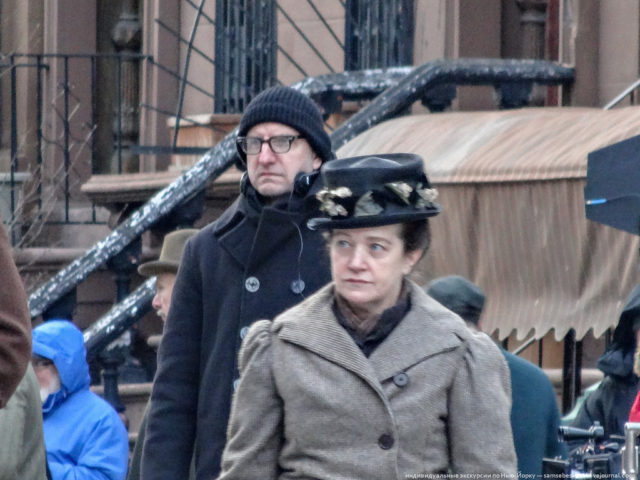
The use of subtle anachronisms that Soderbergh purposely uses throughout the show, such as the off-center mise-en-scene, the unusual camera angles, and the intense electronic score by Cliff Martinez, provides a surprising Brechtian distancing effect, quite uncommon for a period piece. He wants to let us know that we all are conscious observers of the events, analytically involved, instead of emotionally. Because, above all else, The Knick is a study of early 1900s society, depicted within and around the medical community, and Soderbergh doesn’t spare any sentiment. His interpretation is gritty, brutal, and stripped of any kind of glamor usually present in a period drama.
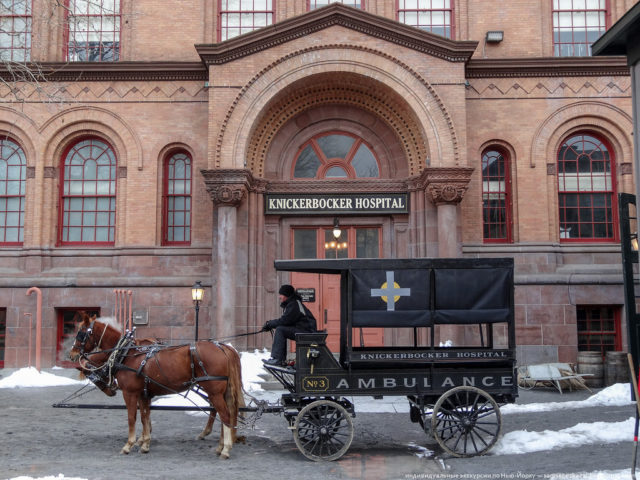
With this kind of revisionist approach, Soderbergh takes us on a journey to examine how much medicine has accomplished and at what cost.
For him, the past is inseparable from the future. It is a mirror image of today and it needs to be diagnosed, just like the human body.
